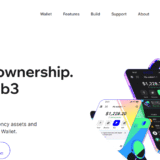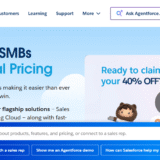In this article, I will discuss the Best Features of Google Next, the annual cloud conference that showcases Google’s latest innovations in AI, cloud computing, data, and security.
- Overview Google Next
- 10 Best Features Of Google Next
- 1.Cutting-Edge AI and Machine Learning Announcements
- 2.Generative AI Innovations
- 3.Comprehensive Cloud Security Solutions
- 4.Data and Analytics Advancements
- 5.Hands-On Labs and Demos
- 6.Hybrid and Multi-Cloud Flexibility
- 7.Focus on Sustainability
- 8.Networking and Collaboration Opportunities
- 9.Exclusive Product Roadmaps and Early Access
- 10.Inspiring Keynotes and Success Stories
- What Makes Google Nexus Unique?
- Conclusion
- FAQ
Google Next has become a leading event for businesses and developers, offering insights into advanced technologies, hands-on experiences, and tools that drive digital transformation across industries.
Overview Google Next
Google Next, the flagship cloud conference organized by Google Cloud, has evolved into a seminal gathering for professionals engaged in cloud computing and enterprise technology.
The summit convenes engineers, executives, entrepreneurs, and multinational corporations to investigate cutting-edge developments in cloud infrastructure, artificial intelligence, cybersecurity, and data management.
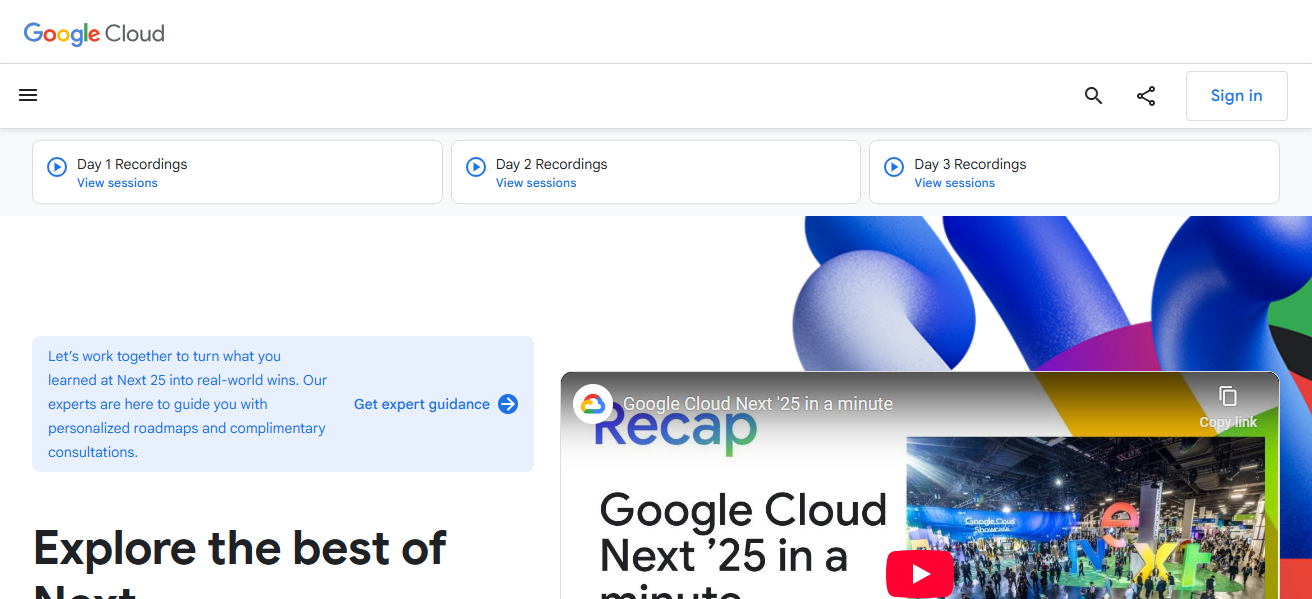
The agenda extends beyond the announcement of new offerings; it elaborates on the strategic application of the Google Cloud portfolio to drive organizational expansion, foster innovation, and optimize operational efficiency.
10 Best Features Of Google Next
1.Cutting-Edge AI and Machine Learning Announcements
Google Cloud’s annual Next conference amplifies its commitment to artificial intelligence and machine learning. Each iteration brings enhancements across Vertex AI and complementary services, enabling organizations to embed intelligence into software

Streamline processes, and derive predictive insights as standard practice. Keynotes and breakout sessions illustrate real-world acceleration—from proof-of-concept to production-level AI in record time.
2.Generative AI Innovations
The accelerating thirst for generative capabilities re-centers Next as the definitive arena for launching transformative models. Gemini, the latest family of AI architectures, illustrates multi-modal versatility across multi-tenant workloads.
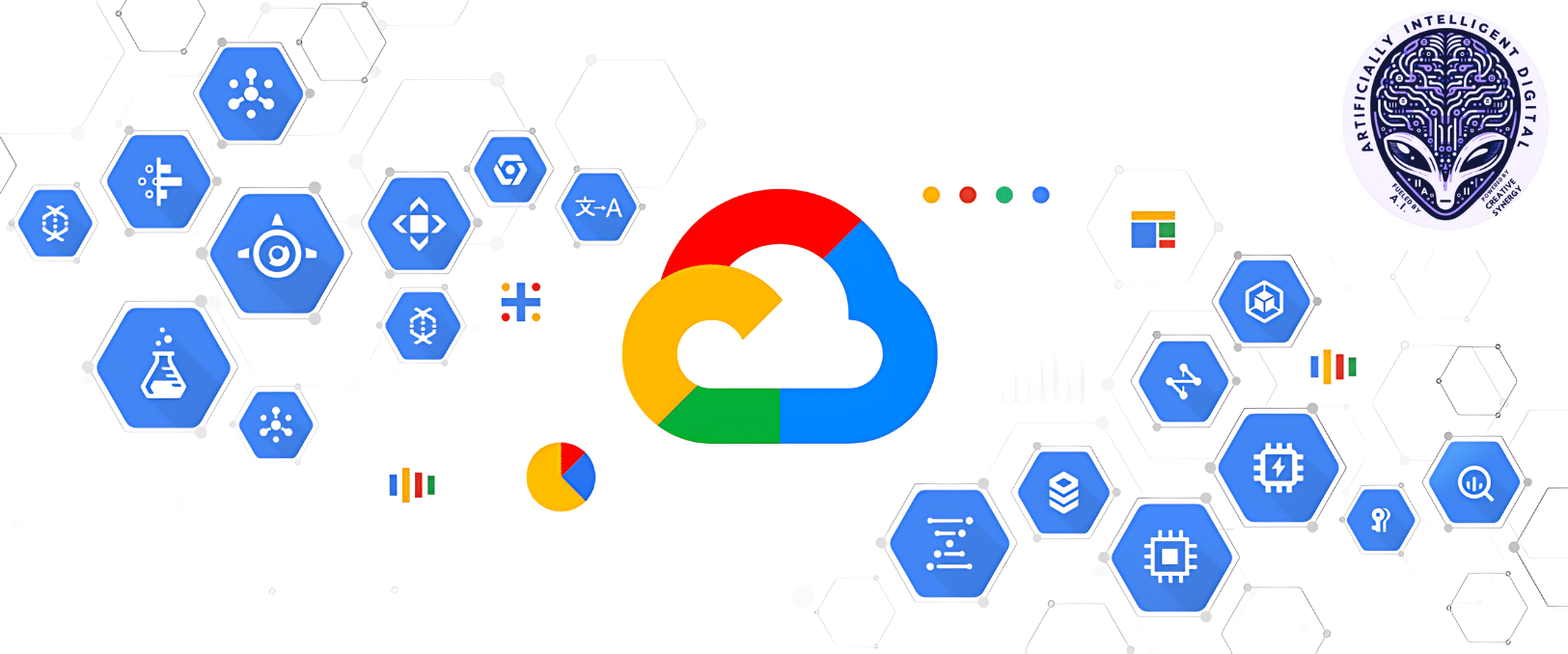
Attendees employ generative apps in guided labs covering enterprise search, omnichannel support, automated document synthesis, and content production, illustrating how to elevate entire value chains with enterprise-grade governance.
3.Comprehensive Cloud Security Solutions
Amid a tightening global regulatory landscape, Next delivers expanded governance and security toolsets across the stack. Enhanced implementations of zero-trust principles, AI-augmented anomaly detection, and fine-grained encryption

Enable organizations to enforce continuous validation, swiftly neutralize threats, and safeguard sensory and analytical workloads—all framed within audit and compliance benchmarks designed for maximum holistic assurance.
4.Data and Analytics Advancements
Within Google Next, extensions to its established BigQuery ecosystem repeatedly draw attention through capabilities that streamline data consumption and analytical workflows. Innovations in event-streaming ingestion, machine learning model deployment, and dashboard interoperability

Across Google Workspace and Looker collectively accelerate the cycle from data ingestion to hyper-automated insight, equipping decision-makers to quantify strategic alternatives and act with elevated confidence.
5.Hands-On Labs and Demos
A hallmark of Google Next lies in its immersive, experiential learning. Executives, developers, and data engineers rotate through brief, guided reckoning with sandbox projects that employ Cloud Run, Vertex AI, and BigQuery ML.
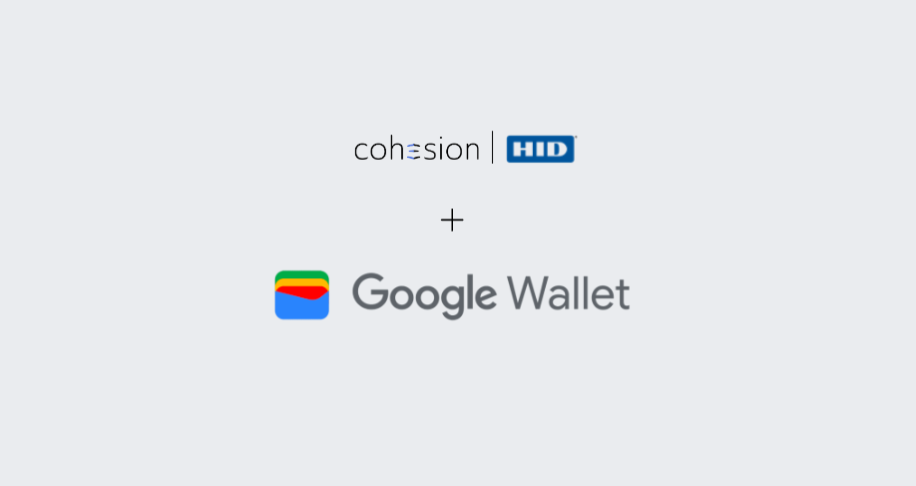
By confronting realistic use cases in ephemeral cloud environments, participants acquire procedural muscle memory that proves durable when the tools scale and enterprise standards occlude simpler practices.
6.Hybrid and Multi-Cloud Flexibility
Sessions across agendas persistently foreground hybrid and multi-cloud coherency, showcasing Anthos, Vertex AI Pipelines, and Spanner on Anthos as tactical bulwarks against public-cloud myopia.
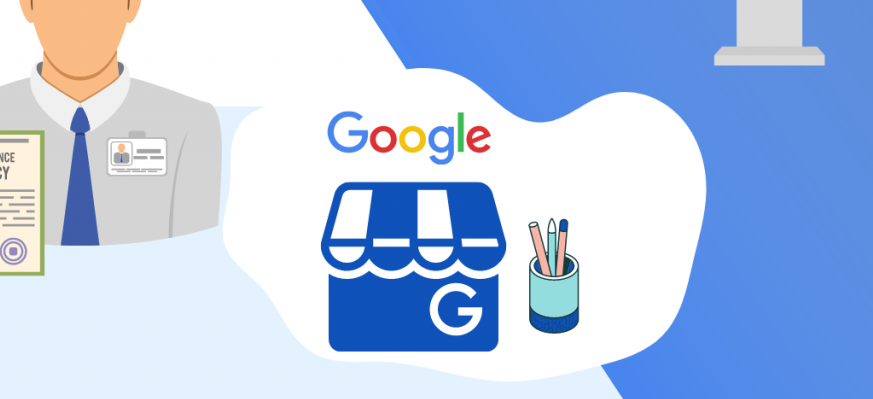
By abstracting orchestration, governance, and observability layers, enterprises can centralize policy, accelerate application modernization, and pursue selective data residency with minimal germination friction within antecedently fragmented IT architectures.
7.Focus on Sustainability
At Google Next, the narrative of environmental stewardship is prominent. Google Cloud reiterates its trajectory toward 24/7 reliance on renewable electricity

While simultaneously demonstrating solutions that empower organizations to monitor and mitigate carbon emissions. By harnessing these capabilities, enterprises can seamlessly intertwine operational growth with their sustainability commitments.
8.Networking and Collaboration Opportunities
Beyond technical engagement, the summit serves as an essential networking nexus. Senior technologists, emerging ventures, and application builders interact with executives, prospective collaborators, and thought leaders across sectors.

The agenda includes moderated panels, narrated case studies, and hands-on sessions, all designed to facilitate the exchange of experience and strategic thinking.
9.Exclusive Product Roadmaps and Early Access
Participants of Google Next routinely receive privileged glimpses into forthcoming innovations and enhancements.

From participating in early-stage assessments of generative AI applications to previewing forthcoming functionalities in Google Workspace, this anticipatory insight furnishes organizations with a discernible market advantage.
10.Inspiring Keynotes and Success Stories
The principal addresses at Google Next consistently draw attention, headlined by senior Google executives and distinguished domain leaders. These sessions present verified success narratives from multinational customers that have successfully embedded Google Cloud.

By illustrating tangible outcomes, the keynotes motivate enterprises to embrace forward-thinking operational models and to expand their envisioning of cloud-enabled potential.
What Makes Google Nexus Unique?
The Google Nexus lineup distinguished itself by offering an unaltered Android interface, unencumbered by elaborate overlay skins or extraneous manufacturer applications.
This minimalist software philosophy contributed to enhanced performance, facilitating faster and more fluid operation, while also guaranteeing that system releases arrived expeditiously, dispatched unmediated from Google.
Consequently, purchasers benefited from the most current functionalities, consistent security updates, and superior reliability well in advance of broadly released Android devices.
Conclusion
Google Next transcends the conventional conference model; it embodies a forward-looking roadmap for cloud and artificial intelligence advancement.
Through an array of significant unveilings—ranging from generative AI and security improvements to expansive sustainability programmes, paired with immersive hands-on labs—the programme delivers actionable intelligence and resources that empower organisations to excel in the contemporary digital marketplace.
By concentrating on state-of-the-art technologies and direct applicability in diverse sectors, Google Next remains a decisive influence on corporate IT strategy and the evolving landscape of cloud computing.
FAQ
Yes, it was among the first to receive the latest Android updates directly from Google.
Nexus phones featured smooth performance with optimized hardware and software integration.
Yes, they were highly popular among developers for testing apps on stock Android.





